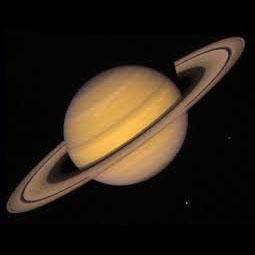Saturn’s icy moon Dione may have had a slushier past, according to a research team led by Noah Hammond, a geological sciences graduate student. Using data from NASA’s Cassini spacecraft, the researchers found a deformation in the Dione’s crust near a mountain called Janiculum Dorsa. “The bending of the crust under Janiculum Dorsa suggests the icy crust was warm, and the best way to get that heat is if Dione had a subsurface ocean when the ridge formed,” Hammond said. If that ocean is still present, Dione would join Saturn’s moons Enceladus and Titan and Jupiter’s moon Europa as places to look for environments that could sustain life. The findings are published in the journal Icarus.
Read more
